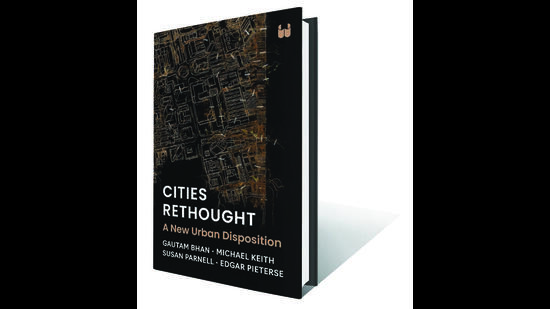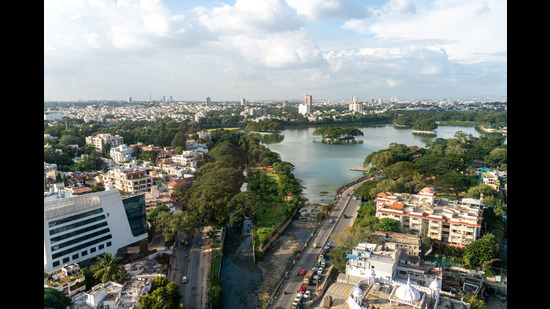Review: Cities Rethought by Gautam Bhan, Michael Keith et al
Four scholars of urban studies highlight the need for ‘a new urban disposition’ in the particularly volatile contemporary world
Cities Rethought brings together the voices of four experienced scholars and practitioners in the field of urban studies to highlight the need for what they collectively term ‘a new urban disposition’ in the particularly volatile contemporary world. From geopolitical tensions and climate change to economic inequalities and political instabilities, the book sets out a road map for scholars, policymakers, activists and even residents of cities across the world. It looks at how, in the digital age, the precarious presents and futures of the urban landscape we live and/or work in can be invigorated.


At the very outset, the book lays out the three elements that make up this proposed disposition: the normative, the analytical and the operational. While the normative element underlines the need for an articulation of the motivations on which the disposition is grounded, the analytical undertakes an intellectual exercise of working through some of the puzzles presented by on-ground work and approaches to urban issues. The operational is the work required to bring desired changes to fruition, or, in turn, to shift perceptions and make certain changes desirable.
While the chapters take these up individually, the authors stress that the book may be read in a non-linear fashion with readers choosing to start with any of the three elements they may be curious to engage with. This approach highlights a circularity of thought rather than privileging a linear approach, which lies at the crux of what the authors have put forth in this volume.

The collective project does away with the oft stated binary opposition between theory and praxis. One way the writers succeed in doing this is by way of the book itself – it is not written to be a manifesto, but rather as an example of the disposition that they wish to provide as a method.
As a literary scholar with an academic interest in how the urban is represented through contemporary fictional narratives, some portions of the book stood out for me. The section titled ‘What is the fabric of the city?’ highlights why and how that ‘fabric’ “unstitches and restitches urban life, recognising the autonomy of what is non-human, the interfaces of material objects, the power of organic life, and the boundaries of intentionality.” What this particular section brings to the fore is another pertinent aspect of the authors’ project which is to point to the limitations of the language we use to define, engage with and intervene in the urban. Though the text, with its four chapters and notes, stands at 188 pages, each sentence has been carefully crafted and each word has been chosen to intentionally reinvigorate not just the discourse surrounding urban scholarship and practice but also the very language of expression available to practitioners.
The text had me rereading portions and coming away with a new perspective not only on the disposition proposed here but also the way the authors chose to formulate it, with not a word out of place.
From quoting and engaging with queer theorist José Muñoz and political philosopher Chantal Mouffe to writer and activist Audre Lorde, the text brings together theory, the need for rigour, and the affective realm of urban existence in order to stretch the boundaries of what may seem possible to enact today.

“Use the book as a method and not a conclusion”, said one of the contributors, Gautam Bhan, at the book launch in Delhi.
The idea is to open up possibilities of imagination rather than work within binding limitations of the present moment, which in itself is constantly in flux. There are no easy answers to the problems and crises facing cities today but, after reading this book, the reader will be moved to ask the right questions.
Simar Bhasin is an independent journalist.
All Access.
One Subscription.
Get 360° coverage—from daily headlines
to 100 year archives.



HT App & Website







